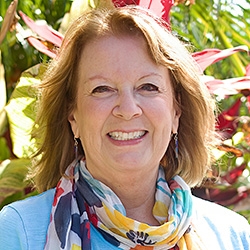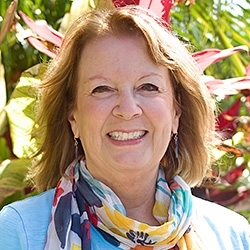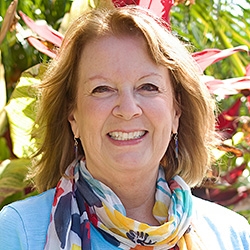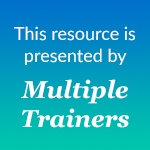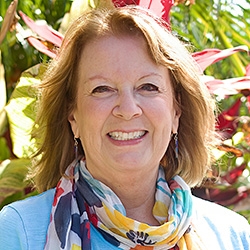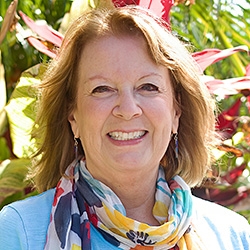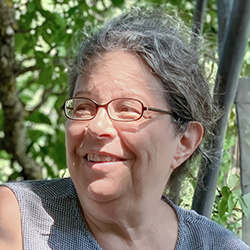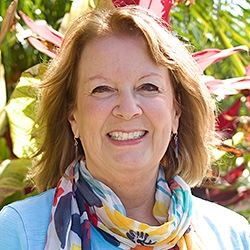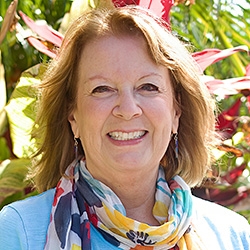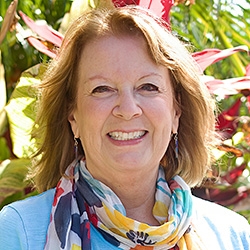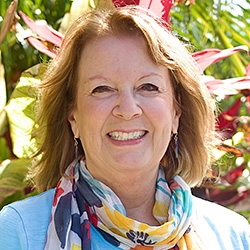

Search Results: listening
-
CNVC Certified Trainer Miki Kashtan talks with radio show host Hollis Polk about strategies for communicating with family members whose political views oppose our own.
-
Enjoy Dian's overview of the 4-step model and its application to the workplace. Learn how NVC can help you: generate intrinsic motivation… discover creative solutions… create greater accountability and buy-in…reinforce behaviors you like and change others… and experience a LOT more fun, joy and aliveness at work!
-
There are four components to the Nonviolent Communication (NVC) model, as developed by Marshall Rosenberg, PhD. The 4-Part NVC Process can guide you to express how you are, or they can be used to empathically receive how another is.
-
This holiday, shift your focus from what disappoints you to the true whisperings of your heart. Compassion is an inside-outside process. In this telecourse recording, you will experience four simple tools for savoring your own precious needs, allowing you to experience greater compassion and harmony this holiday.
-
Learn tips for tracking group energy, presence, participation, and inclusion effectively.
-
Learn to track requests, agreements, time, and session purpose with helpful tips.
-
Join CNVC Certified Trainer and Certified Focusing Teacher Shulamit Berlevtov in this brief exercise called the Wheel of Awareness. This exercise will help you become aware of how to distinguish and differentiate your life experience.
-
Learn seven steps to keep NVC groups engaged and energized.
-
Explore three stages of transition and how connecting to needs brings grounding and clarity.
-
Ever wondered how to balance everyone’s needs when leading a NVC group? In the first part of the video, Mary shares tips how to balance the facilitator's, the individuals members' and the group's needs. In the second part, Mary talks about transparency as a facilitator - what does it mean, what does it look like and how to be transparent in a way that is supportive for the group.
-
When someone expresses upset about our actions, and we focus on our intention being seen and understood (e.g. "I didn’t mean to hurt you”) it doesn't support the speaker in being heard more deeply with care. Here we'll explore this dynamic in a way that supports more clarity and the possibility of greater personal liberation. Read on for more.
-
We all know what it’s like to be on the end of feedback that we receive as clumsy, unbalanced or even spiteful. We don’t have any control over the skill level of people who give us feedback, or their motivations. So how do we receive feedback without taking it personally, in a way that we can learn from it?
-
It seems to me that people see ideas which are different from theirs as threatening. Instead of listening, the group polarizes around the different ideas and a lot of judgments develop, conflicts develop and people feel hurt. Forward progress becomes a battle ground. How can I support more collaboration?
-
Mary Mackenzie leads listeners through a guided meditation to experience the energy of needs. This meditation will support you to connect to your feelings and needs in the moment, and to experience the unique and deep energetic quality of that primary need.
-
If it's a tender topic and/or you are looking for a particular level of responsiveness, you can let listeners know what you want back before you share -- or you can ask them for a particular kind of response right after you share. The more you can do this, the more it can create supportive relationships in your life. Read on for ways to ask for a particular kind of responsiveness to meet particular needs.
-
Learn tips for responding with care and connection when triggered in NVC groups.
-
Creating teaching exercises builds consciousness and helps develop your unique teaching style.
-
Breaking workshop planning into bite-size steps reduces overwhelm and sparks creativity.
-
Leading an Nonviolent Communication workshop is a good way to learn and practice NVC skills. Here are Shantigrabha and Gesine's seven top tips for facilitators.
-
Empathy guessing when I was new to NVC seemed magical and mysterious. How could that other person have known that about me? And seen inside me — often in ways I'd missed myself. While empathy is both intuitive and an art, there is also a science to it. In this brief yet fascinating introduction to Dian's course, Empathy Hacking, you'll learn a super-practical way to demystify empathy guessing by making use of the root meaning of words.

Quick Links
Subscription Preferences
Stay In Touch!
Looking for ways to keep up with NVC Academy news, get special offers, free resources, or words of inspiration? Here are five ways to stay engaged:




